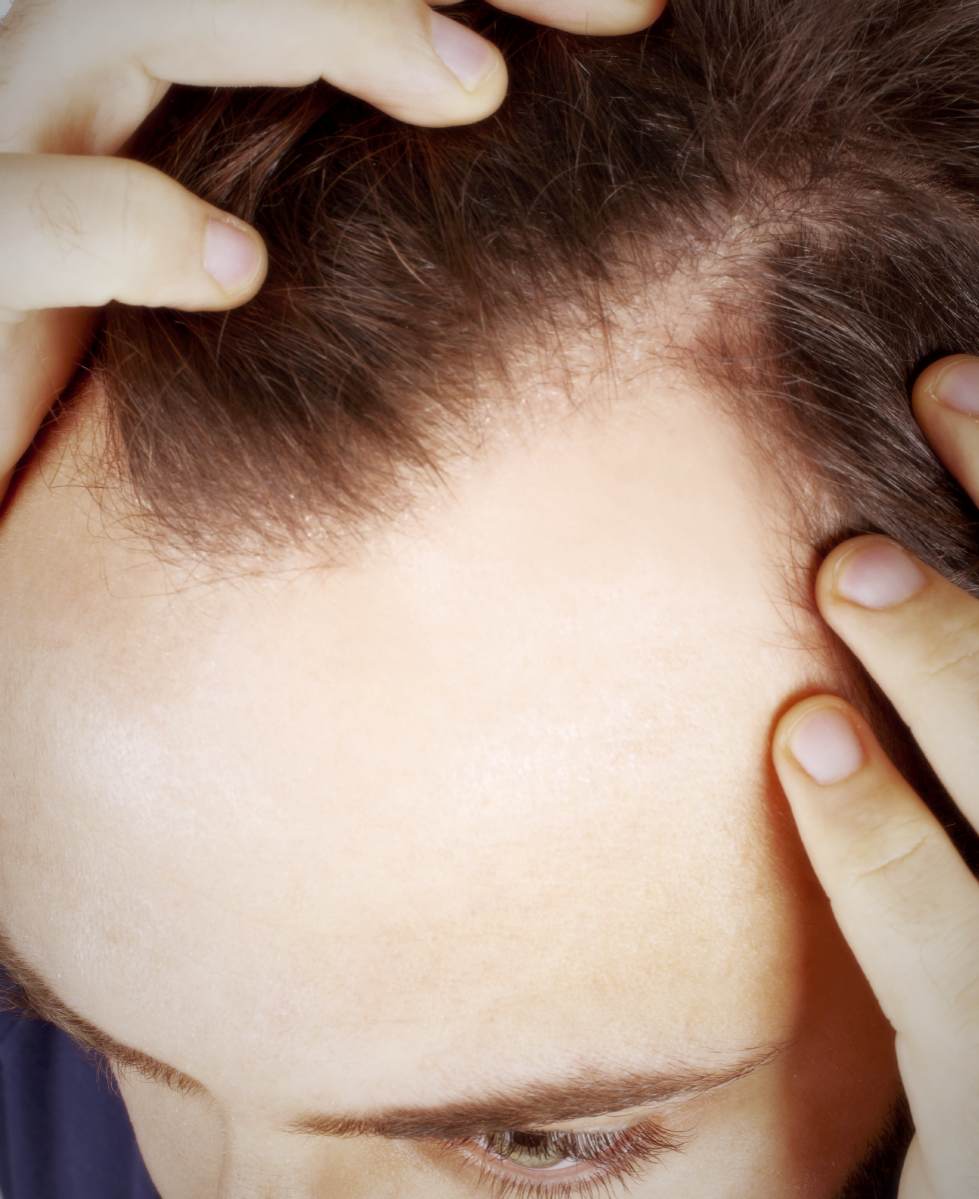

The proportion of patients who met response criteria for eyebrows and eyelashes continued to increase after 52 weeks in both baricitinib arms.Īnalysis of the mixed responders showed that 39% met SALT response criteria at 104 weeks. The primary analysis showed that 90.7% of patients in the 4-mg arm and 89.2% of patients in the 2-mg arm maintained responses between weeks 52 and 104. Partial responders had more severe alopecia at baseline (SALT 93.4 vs 77-80), and three-fourths of the partial responders had SALT ≥95 versus about a third of responding patients, she added. Responding patients were more likely to have a current episode duration of <4 years (76-83%), whereas more patients with partial response (35%) had a current episode duration of ≥4 years, Senna noted. Alopecia areata duration averaged 11 to 12 years. The 104-week analysis consisted of 65 patients from the 2-mg group and 129 from the 4-mg group, as well as 110 partial responders. Partial responders also included patients with eyelash/eyebrow involvement who met response criteria (≥2) at some point before 52 weeks, but at 52 weeks. Mean BELA score for lash involvement increased from 1.1 to 2.6 and 0.9 to 2.2 in the 12- and 8-mg deuruxolitinib arms but remained unchanged in the placebo arm ( P20 at 52 weeks but ≤20 at an earlier point in time.

Senna, MD, of the Lahey Hospital and Medical Center in Burlington, Massachusetts.įor patients with eyebrow involvement, the mean BETA score increased from 1.1 to 2.4 with deuruxolitinib 12 mg and from 0.7 to 2.0 with the 8-mg dose, as compared with a decline from 0.9 to 0.6 with placebo. When alopecia is restricted to just a man.
#Alopecia areata universalis treatment trial#
"What we're reporting here are the results of a phase III clinical trial including adults patients with a SALT score of 50 to 100, that is 50-to-100 percent scalp hair loss, and a current episode of severe hair loss."Īdditionally, long-term data from two randomized trials of the JAK inhibitor baricitinib (Olumiant) in alopecia areata showed durable effects, as 90% of patients who met response criteria at 52 weeks maintained the status at 104 weeks, reported Maryanne M. When alopecia areata spreads to cover the whole body, including the scalp, eyebrows, lashes, beard, and pubic hair, it is known as alopecia universalis. "JAK inhibitors are changing the treatment paradigm for alopecia areata," said King.

King, MD, PhD, of Yale Medicine in New Haven, Connecticut, at the American Academy of Dermatology (AAD) annual meeting. Only one patient discontinued treatment because of lack of efficacy, said Brett A. The drug was well tolerated, as treatment-emergent adverse events occurred in seven of 387 patients treated with deuruxolitinib.


 0 kommentar(er)
0 kommentar(er)
